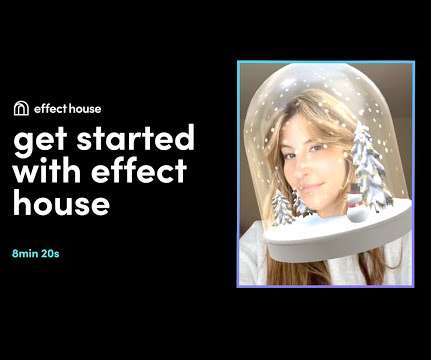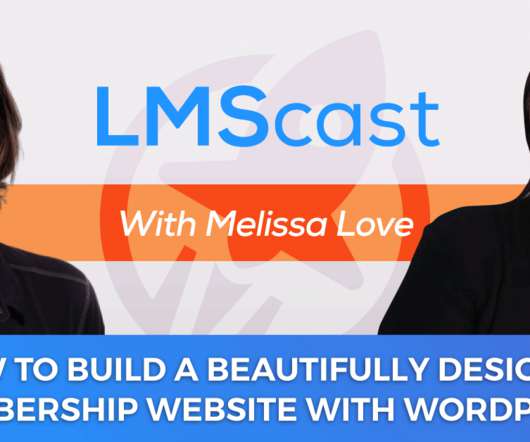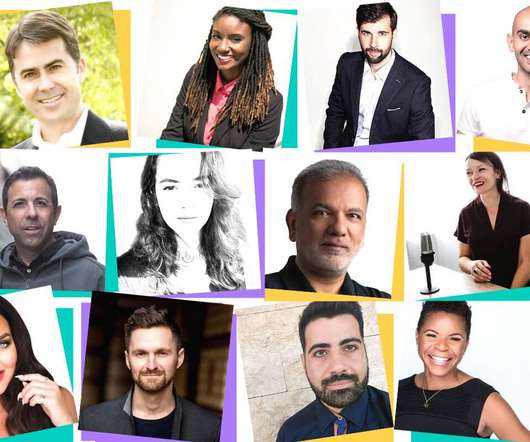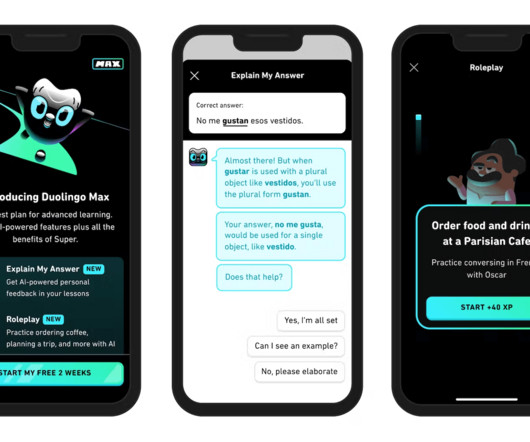Understanding Cloud Computing Services and its Potential
Hurix Digital
APRIL 25, 2024
The Internet lets people connect faster than ever before. Cloud computing is renting resources over the Internet whenever needed. The 1990s’ growing need for on-demand resource access and pioneering Internet-based software as a service (SaaS) models lay the framework.



































Let's personalize your content